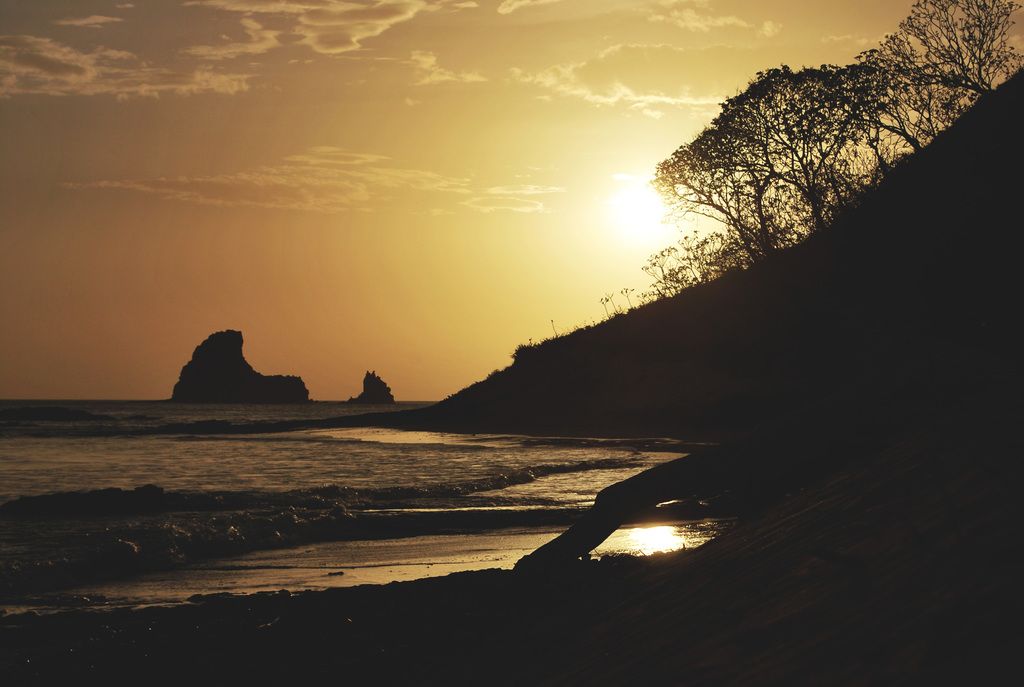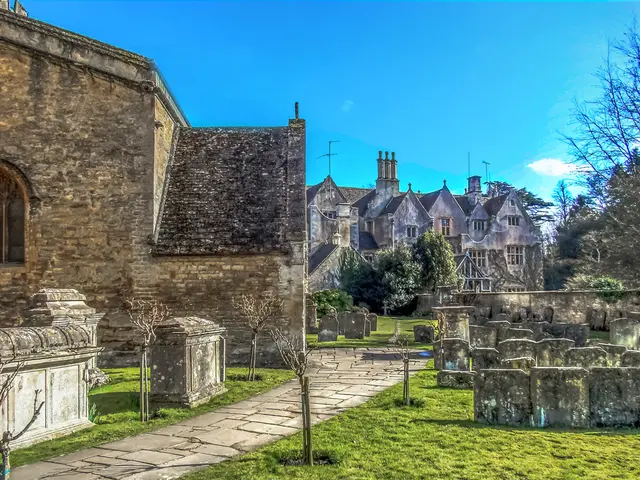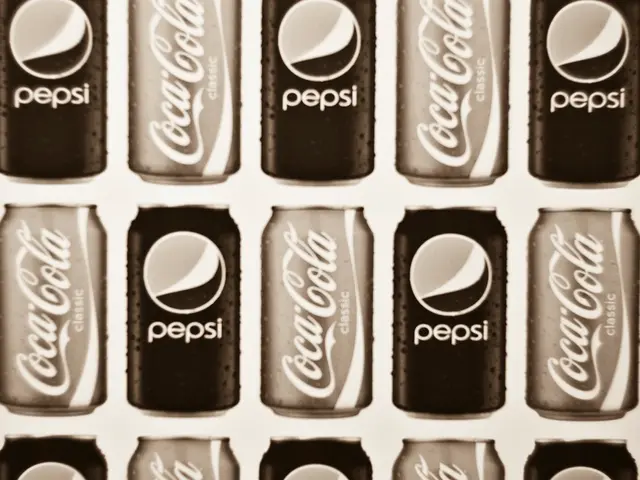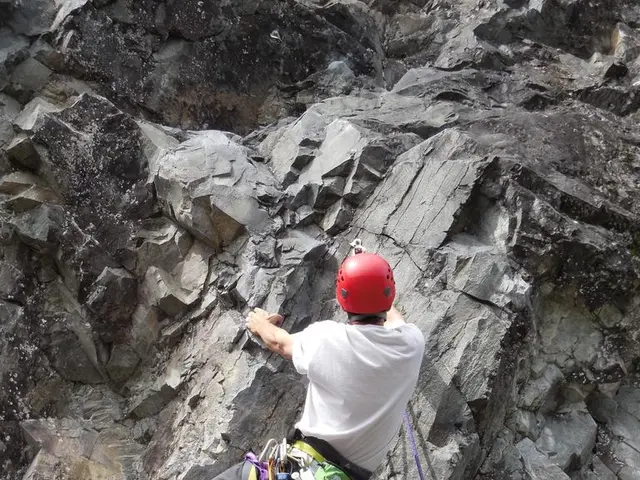Nine Imaginative Nature-Inspired Artworks in Mixed Media That Ignite Creative Awe and Curiosity
Delve into the captivating realm of mixed media art that echoes nature's beauty and raw power!join hands with Mother Nature as you fuse found natural materials with traditional art supplies to conjure one-of-a-kind masterpieces that speak to your soul. From leaves to petals, twigs, and stones, unwind the infinite possibilities that await you in this breathtaking fusion of art and nature.
Experience a revitalizing connection with the natural world as you transform the mundane into extraordinary, infusing your artworks with tactile sensory richness and profound cultural roots. Whether your creative journey is beginning or well underway, these nature-inspired mixed media projects will open up new artistic dimensions and motivate you to deepen your love for the environment.
Catching the Spirit of Art & Nature Blended
As an Amazon Associate, we earn from qualifying purchases. Thank you!
Ancient Echoes: Nature-inspired Art through the Ages
Artists have long drawn inspiration from nature's boundless canvas. Trace the footsteps of those who came before us as we explore historical perspectives on nature-inspired art:
- Ancient cave paintings: featured natural pigments depicting wildlife.
- Japanese woodblock prints: celebrated seasonal landscapes.
- The Arts and Crafts movement: emphasized natural forms and materials in response to industrialization.
- Artists including Leonardo da Vinci and Georgia O'Keeffe: have consistently explored nature's patterns, textures, and forms through mixed media.
Unique Benefits of Combining Natural Elements with Artistic Expression
Art enriches the soul, and uniting natural materials with artistic expression offers a treasure trove of advantages:
- Boosted sensory awareness: working with organic materials like leaves, bark, and flowers heightens those senses, deepening your connection to the environment.
- Pushing creative boundaries: the unpredictable characteristics of natural materials inspire innovation as you learn to navigate how they interact with traditional art supplies.
- Promoting sustainability: using found materials like already fallen leaves, twigs, and seeds promotes sustainability by reducing waste and fostering environmental consciousness.
- Protecting the integrity of nature: processed materials like plastics and synthetic paints can harm wildlife and the environment; using natural materials is a way to promote eco-friendliness.
The Great Outdoors: Harvesting Our Nature-Rich Palette
Gathering materials for your mixed media adventures is an opportunity to truly connect with the Earth:
Ethical Collection Principles
- Only take what you'll use: collect materials responsibly from public spaces or your own property.
- Leave living plants undisturbed: avoid removing bark or damaging living plants when collecting.
- Steer clear of protected species: skip gathering materials from endangered or protected species.
- Document — don't collect: take photographs instead of collecting in nature preserves or parks.
- Respect private property: obtain permission before collecting on private land or in protected areas.
- Opt for fallen materials: prioritize gathering already fallen items instead of disrupting the environment.
- Follow local regulations: research local laws and regulations governing plant collection.
- Handle carefully: clean materials gently to remove dirt; certain materials may require preservative treatments to prevent decay.
- Store properly: keep dried elements in airtight containers to prevent moisture damage.
- Label & date: confirm the age and materials of your preserved elements for future reference.
Mixed Media Magic: Creating Textural Collages
Marvelous Coalescence of Natural Objects
Transform artworks into captivating multidimensional pieces by incorporating texture and depth through creative collage techniques:
Leaf & Bark Impression Techniques
- Impressioning with Modeling Paste or Gesso: apply these matte substances onto your canvas, then press leaves or bark into them while wet. Remove items once dry to reveal stunning impressions. Enhance these textures with metallic paints, oil pastels, or ink.
Incorporating Seeds & Dried Flowers
- Clustering Delicate Elements: arrange seeds, pods, grasses, and dried flowers for organic shapes and visual interest. Secure delicate items with clear-drying adhesive, or embed them in layers of matte medium.
Lens on Nature: Exploring Photography Transfer Methods
Botanical Underpinnings of Innovative Art
Transform your nature photographs into stunning mixed media pieces using botanical print transfer techniques:
Botanical Print Making
- Using Gel Medium: apply gel medium to watercolor paper, place your printed nature photo face-down, and gently peel away the paper backing once dry to reveal a beautifully transferred image.
Digital Image Integration
- Tech-Savvy Blending: explore various transfer methods to blend digital nature photography with traditional art materials.
Golden Hues & Ground Tones: Working with Natural Pigments & Earth Materials
Harness the vibrancy of your surroundings as you create pigments from the Earth and mold them into your art:
Making Paint from Soil & Minerals
- Harnessing Local Color Palettes: gather diverse soil colors and transform them into unique pigments using gum arabic and water.
- Experimenting with Additives: use white chalk powder to lighten colors, or charcoal for darker shades.
Natural Dye Application Methods
- Capture Character & Depth: immersing plant materials in water yields vibrant dyes; adjust color fastness with vinegar or salt.
Guarding & Uplifting Your Earth-Infused Art
- Climate Control Considerations: prevent deterioration of natural elements by monitoring humidity, temperature, and UV exposure.
- Protective Display Methods: safeguard delicate pieces using UV-protective glass, archival-quality fixative sprays, and acid-free materials.
Embrace Your Green Muse: Finding Your Nature-Art Voice
Crafting a unique signature style requires intention and experimentation with natural materials and mixed media techniques:
Inspirations within Your Ecosystem
- Observe & Record: learn to recognize the unique characteristics of your local ecosystem. Document seasonal changes, native plants, and patterns through sketches or photographs.
Honing Your Nature-Minded Mixed Media Technique
- Evolve Your Fellowship with Nature: focus on 3-4 specific natural materials that resonate with your artistic vision. Begin by mastering one technique, then gradually incorporate additional elements.
Bridging Today & Tomorrow: The Future of Nature-Integrated Mixed Media Art
Embarking on a nature-inspired mixed media art adventure not only sparks creativity but bolsters a deep connection with the environment. From the ethereal to the earthy, explore the boundless potential of art and nature, cultivating your personal style while celebrating the wonders of our planet:
- Waste not, Want not: opt for sustainable art supplies and minimize waste by repurposing materials.
- Deepen your Awareness: educate yourself on the environmental impact of unethical practices in the arts and strive to make informed, eco-friendly choices.
- Elect the Earth: stand up for the environment by supporting causes that fight pollution, help protect wildlife, and restore natural habitats.
- Connect with Nature and Art Communities: join forces with fellow creators who share your values and passion for nature-inspired art. Nurture friendships and collaborate on projects that celebrate the beauty of the natural world.
- Inspire your lifestyle with lessons from environmental science, as you learn how to incorporate sustainable practices into your art, fashion, and beauty choices, such as sourcing natural fibers, eco-friendly cosmetics, and minimalist food and drink options.
- Expand your home and garden with eco-friendly solutions and DIY projects that demonstrate your care for the environment, from organic gardening techniques to recycling home decor items.
- Pursue education and self-development opportunities that heighten your awareness of climate change, so you can integrate knowledge about global warming, renewable energy, and sustainable practices into your artwork.
- Travel responsibly to immerse yourself in diverse ecosystems, gathering inspiration from different climates, cultures, and natural landscapes, while striving to minimize your carbon footprint and support local communities and preservation efforts.








